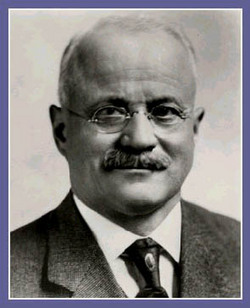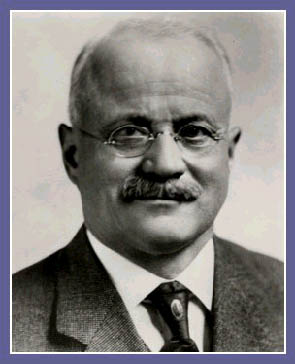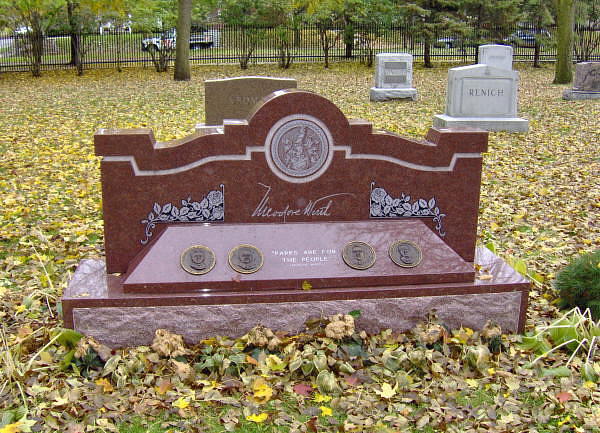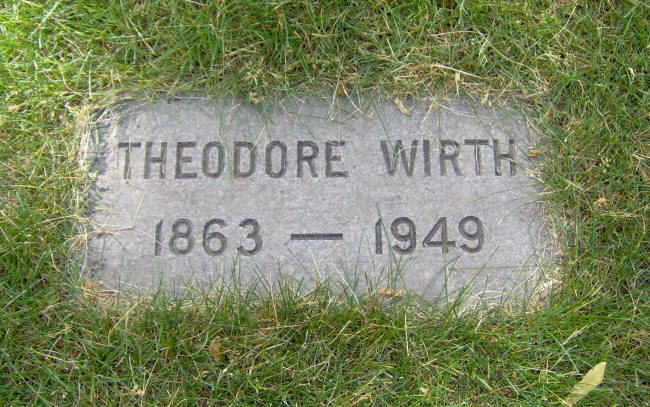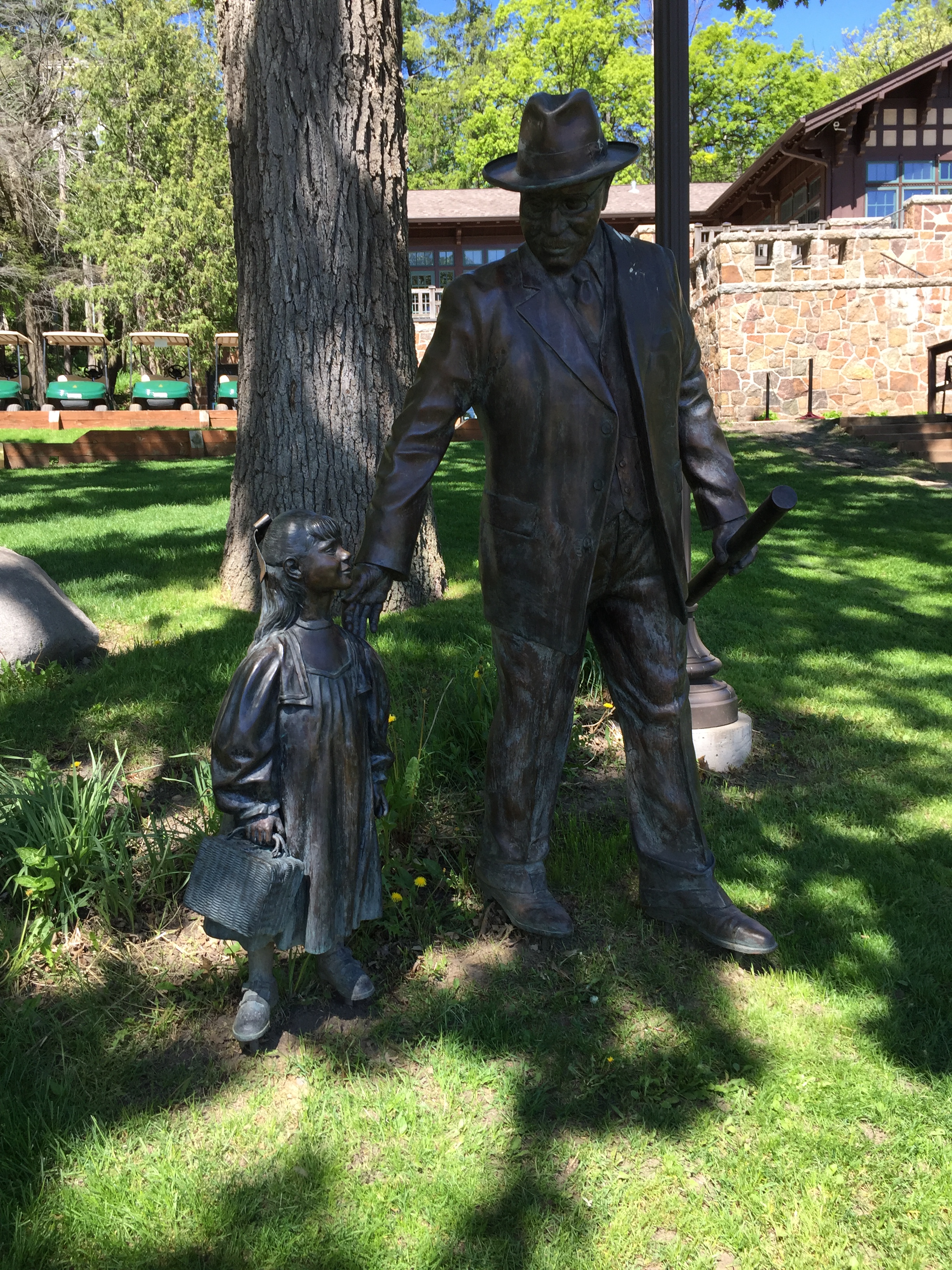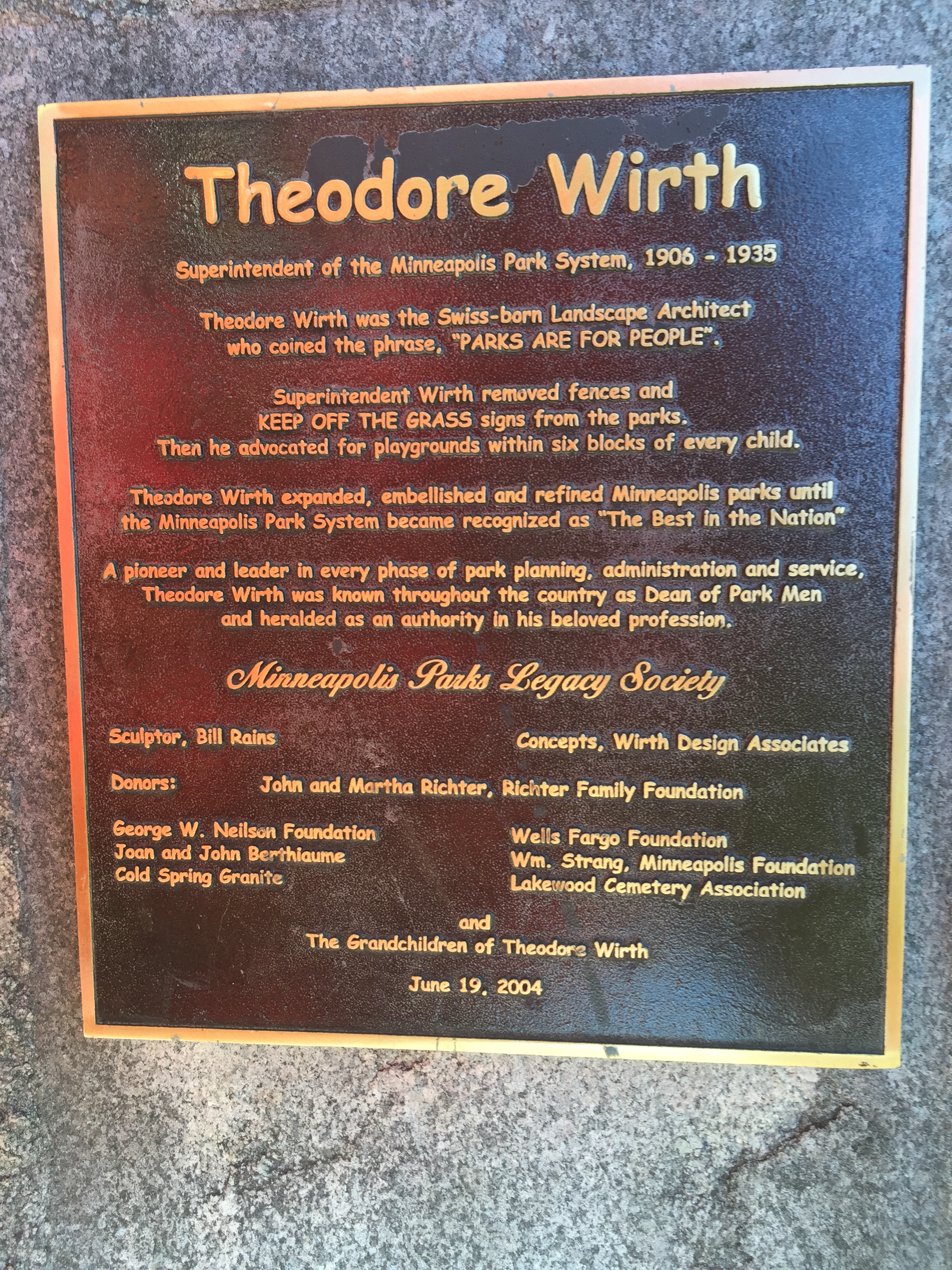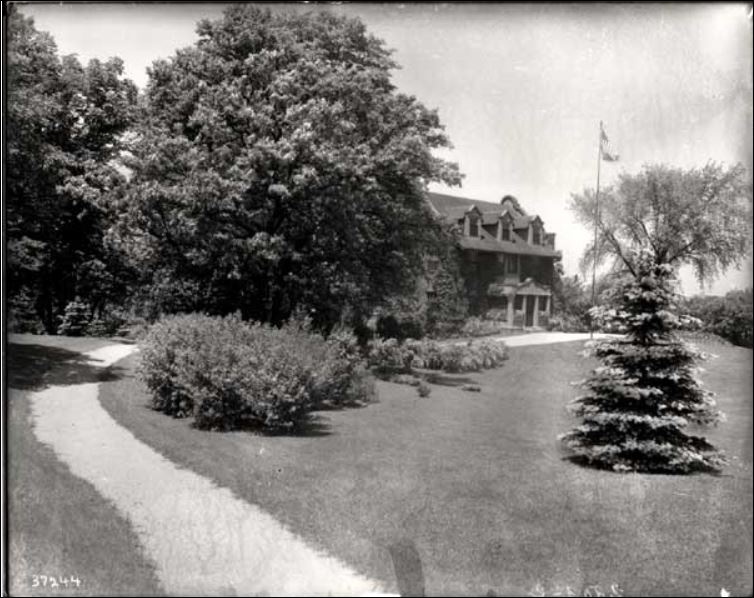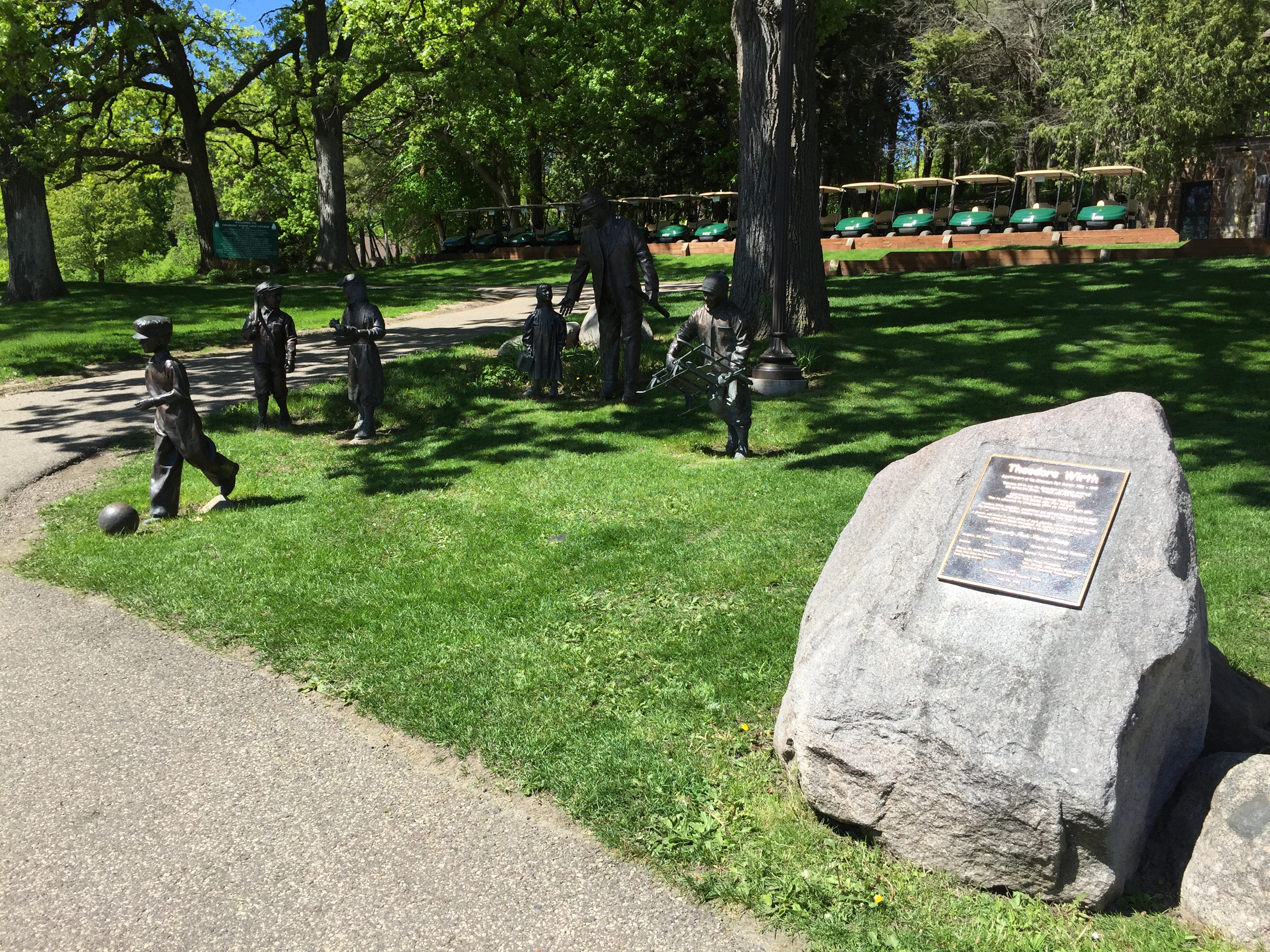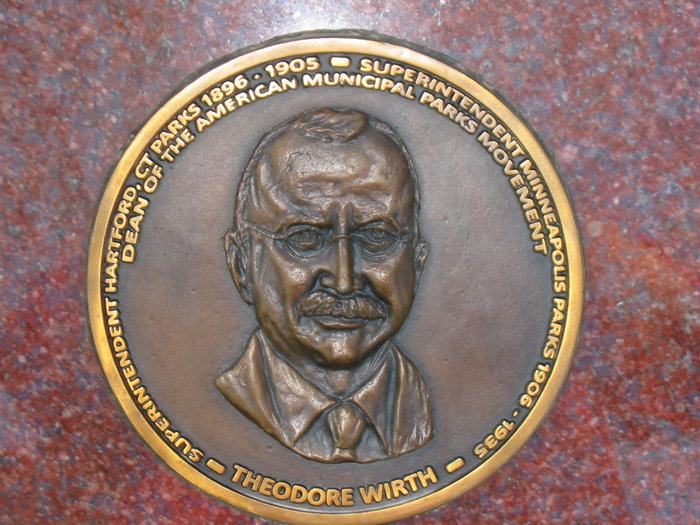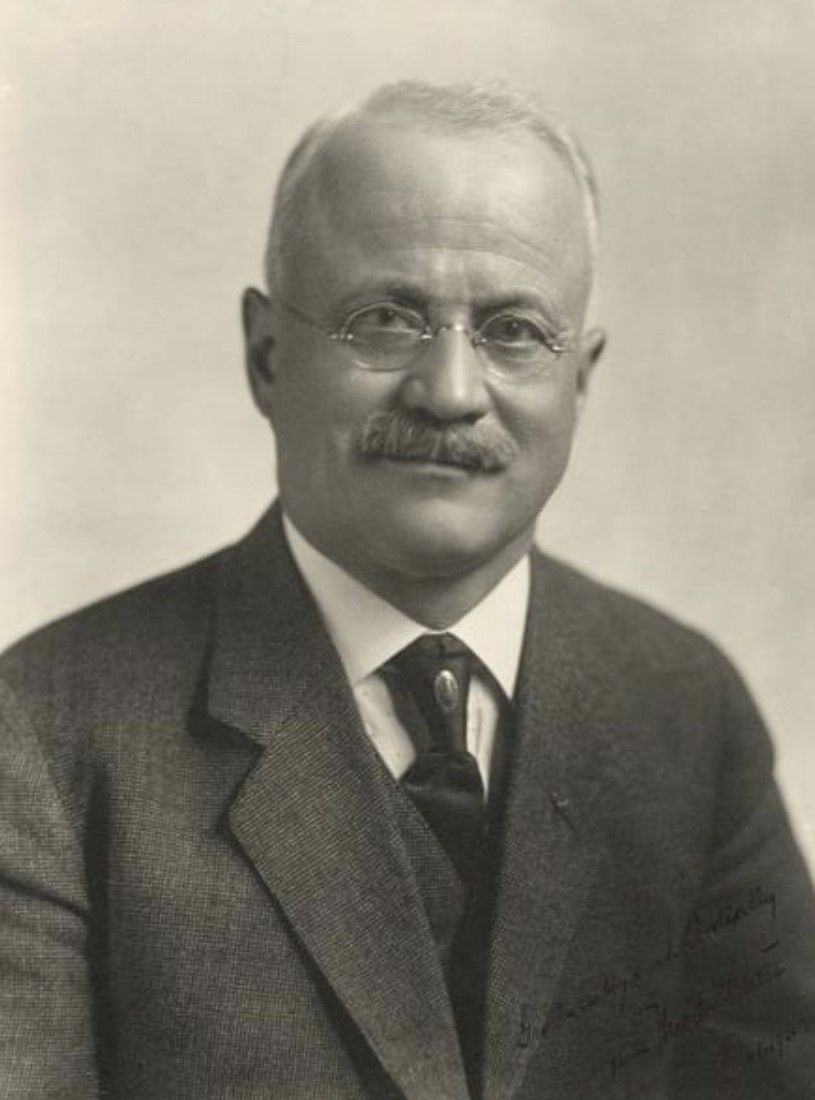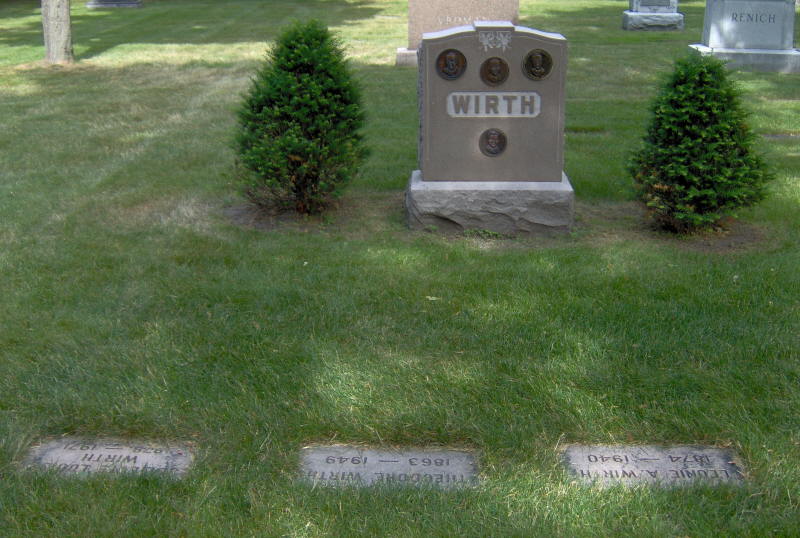Theodore Wirth was born in Winterthur, Canton Zurich, Switzerland, on the 30th of November, 1863. He was instrumental in designing the Minneapolis system of parks. He was widely regarded as the dean of the local parks movement in America. The various titles he was given included administrator of parks, horticulturalist, and park planner. Before emigrating to America in 1888, he worked as a florist and landscaper in Zurich, London, and Paris. He married Leonie Mense, the daughter of his employer in Glen Cove, Long Island, before taking a job as superintendent of parks in Hartford, Connecticut in 1896, where he developed the first municipal rose garden in the country. In 1904 the city of Minneapolis offered him the position of Superintendent of Parks in that fast-growing Midwest city. His goal provided for a playground within a quarter-mile of every child and a complete recreation center within a half-mile of every family. During his 30-year tenure there, he expanded the park system from 1,810 acres (7 km2) to 5,241 acres (21 km2), in a city of 37,387 acres (14%). Park land included parks, golf courses, flower gardens and boulevards. Unlike earlier park planners, he believed that parks ought to be used by the residents.[1] His park development is enjoyed daily by residents and visitors on the Grand Rounds Scenic Byway, at Minnehaha Falls, along the 12-mile (19 km) path following Minnehaha Creek, at Lake Harriet, Lake Calhoun, Lyndale Park, and scores of other public open spaces in Minneapolis. The lakes, parks, and outdoor recreation areas that Minneapolis features are often cited by users as one of the most important factors in their quality of life.
Theodore Wirth was born in Winterthur, Canton Zurich, Switzerland, on the 30th of November, 1863. He was instrumental in designing the Minneapolis system of parks. He was widely regarded as the dean of the local parks movement in America. The various titles he was given included administrator of parks, horticulturalist, and park planner. Before emigrating to America in 1888, he worked as a florist and landscaper in Zurich, London, and Paris. He married Leonie Mense, the daughter of his employer in Glen Cove, Long Island, before taking a job as superintendent of parks in Hartford, Connecticut in 1896, where he developed the first municipal rose garden in the country. In 1904 the city of Minneapolis offered him the position of Superintendent of Parks in that fast-growing Midwest city. His goal provided for a playground within a quarter-mile of every child and a complete recreation center within a half-mile of every family. During his 30-year tenure there, he expanded the park system from 1,810 acres (7 km2) to 5,241 acres (21 km2), in a city of 37,387 acres (14%). Park land included parks, golf courses, flower gardens and boulevards. Unlike earlier park planners, he believed that parks ought to be used by the residents.[1] His park development is enjoyed daily by residents and visitors on the Grand Rounds Scenic Byway, at Minnehaha Falls, along the 12-mile (19 km) path following Minnehaha Creek, at Lake Harriet, Lake Calhoun, Lyndale Park, and scores of other public open spaces in Minneapolis. The lakes, parks, and outdoor recreation areas that Minneapolis features are often cited by users as one of the most important factors in their quality of life.
